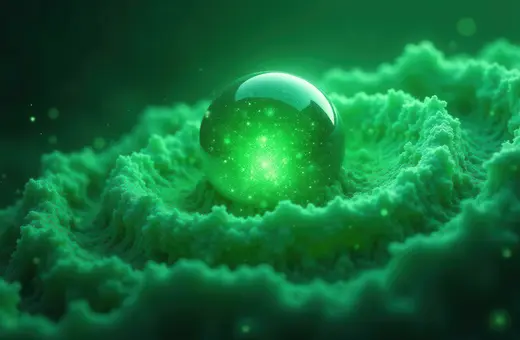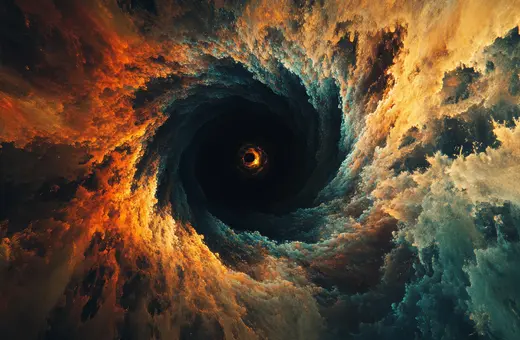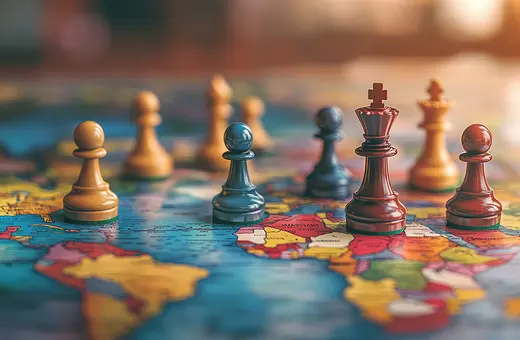The arrow of time appears to be pointing in one very specific direction. Natural processes, from rivers flowing downhill, never uphill, to eggs always breaking, never spontaneously reassembling, to cups of coffee always cooling down, show us that direction. Yet the laws of physics that govern the motion of all matter are time-symmetrical: they don’t distinguish between past and future. What give time’s arrow its direction is the initial conditions of each situation: an orderly state of affairs which then disintegrates into a disorderly state. The question then is, what was that original orderly state of the entire universe, giving the whole of time its direction, asks Paul Davies.
Take a movie of an everyday scene and play it backwards to an audience. People are sure to notice: rivers flowing uphill, broken eggs reassembling themselves, footprints washed into existence by the retreating tide… In daily life we have no trouble telling past from future, so it’s easy to spot the deception when sequences are reversed. The directionality inherent in natural phenomena is dubbed ‘the arrow of time.’ It is such a familiar part of experience that it often comes as a shock to learn that its origin is shrouded in mystery.
Thermodynamics and the arrow of time
Physicists first got to grips with the problem of the arrow of time in the middle of the nineteenth century by considering the behavior of gas molecules rushing around and colliding. Imagine a box of gas with a barrier down the middle. Suppose the gas on the left is hotter than on the right. If the barrier is removed, the faster-moving molecules on the left collide with the slower ones on the right, redistributing the energy. Soon the gas reaches a uniform temperature, a condition known as thermodynamic equilibrium. This process is irreversible. You never see the opposite happening. Without external interference, heat always flows from hot to cold. It’s an example of the so-called second law of thermodynamics.
Although this result seemed straightforward, there was a troubling paradox lurking. The laws of physics governing the motion of molecules are time-symmetric – they make no distinction between past and future. If by some magic all the molecules in a box of gas had their velocities simultaneously reversed, the box of gas would heat up at one end and cool at the other. There is nothing in the laws of motion themselves to prevent heat flowing from cold to hot, in violation of the second law of thermodynamics. The reason we don’t see such bizarre sequences of events is because of the initial conditions. The gas in the above example started out in an ordered state, with heat energy distributed unevenly. To explain the arrow of time in the box of gas we need to explain how it attained its initial state.
There is nothing in the laws of motion themselves to prevent heat flowing from cold to hot, in violation of the second law of thermodynamics.
In 1852, the physicist Lord Kelvin applied the second law to cosmology and delivered what is undoubtedly the gloomiest conclusion in the history of science. The universe, proclaimed Kelvin, is slowly dying, stuck on a one-way slide towards a final state of total degeneration in which all sources of available energy are used up and nothing further of interest will happen.




















Join the conversation